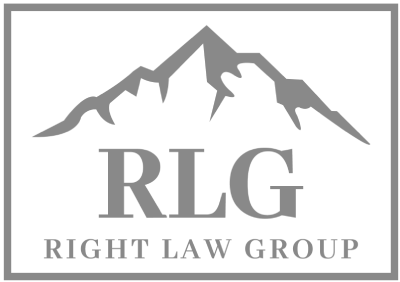For the prosecutor to convict you of reckless endangerment, they must convince the jury that you are, without a doubt, guilty of the crime. They have to prove that you were acting recklessly. Unlike other charges, proving intent is unnecessary, which means the prosecutor doesn’t have to prove that you were intentionally being reckless to convict.
However, there are several defenses a criminal defense lawyer can use to confirm your innocence or to reduce your charges, such as:
- Self-defense—You acted recklessly out of self-defense or defense of another
- Lack of reckless conduct—Your attorney can prove that you were not acting recklessly
- Accidents—Your actions were accidental, not reckless
- No bodily harm—Your actions didn’t cause damage, and there was never a risk of serious physical injury
Colorado Revised Statutes, CRS 18-3-208:
18-3-208. Reckless Endangerment:
A person who recklessly engages in conduct which creates a substantial risk of serious bodily injury to another person commits reckless endangerment, which is a class 3 misdemeanor.







